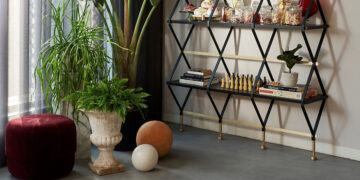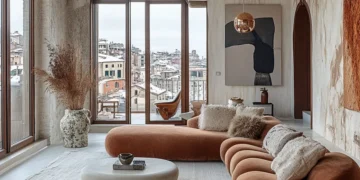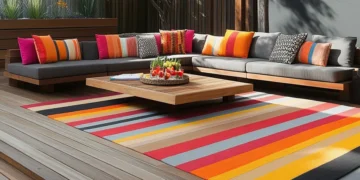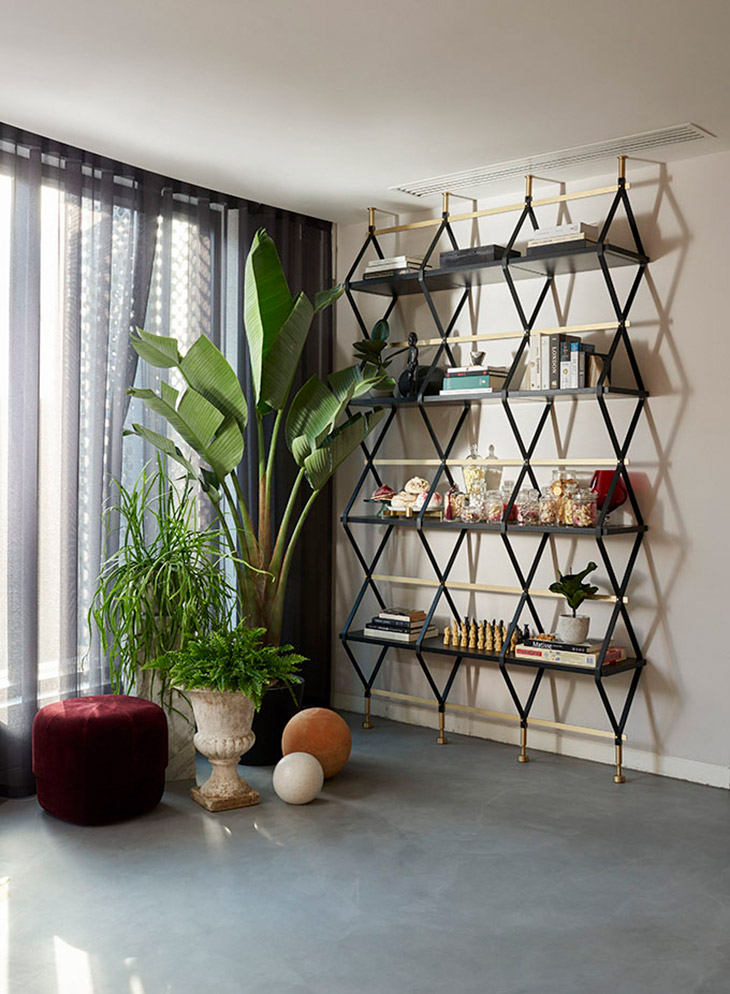
In recent years, the popularity of indoor plants has soared as people recognize their ability to purify air, reduce stress, and enhance overall well-being. Pot planters play a crucial role in this trend, providing a platform to showcase various plant species while complementing the decor style of your home. This article explores practical tips and creative ideas on how to incorporate pot planters into your interior design, ensuring they enhance rather than overwhelm your living spaces.
Choosing the Right Pot Planters
Selecting the right pot planters involves several key considerations, starting with size and proportion. Larger rooms can accommodate substantial planters that make bold statements, whereas smaller spaces benefit from more compact designs that fit snugly into corners or on shelves. Material choice is also critical – materials like ceramic, terracotta, and metal each offer distinct textures and aesthetic qualities that can either blend in or stand out depending on your design objectives. For instance, sleek metal planters might complement a modern living room, while rustic terracotta pots add warmth to a traditional kitchen.

Matching Pot Planters with Interior Styles
Each interior style presents unique opportunities for harmoniously incorporating pot planters. In contemporary interiors characterized by clean lines and minimalism, opt for planters with simple, geometric shapes and neutral colors to create a serene atmosphere without overpowering the space. Conversely, in traditional interiors with rich textures and ornate furnishings, consider choosing planters that echo the classic elements of the decor – think intricate patterns on ceramic pots or aged terracotta containers that add a sense of history and charm.
Strategic Placement of Pot Planters
The placement of your pot planters can significantly impact the overall look and feel of a room. Large planters can serve as focal points, drawing attention to specific areas such as entryways or corners that need a visual anchor. Utilizing vertical space with hanging planters or wall-mounted options not only saves floor space but also adds dimension and interest to bare walls. Grouping smaller planters together on a side table or creating a cluster of varying heights can create a cohesive and dynamic display that livens up any space.
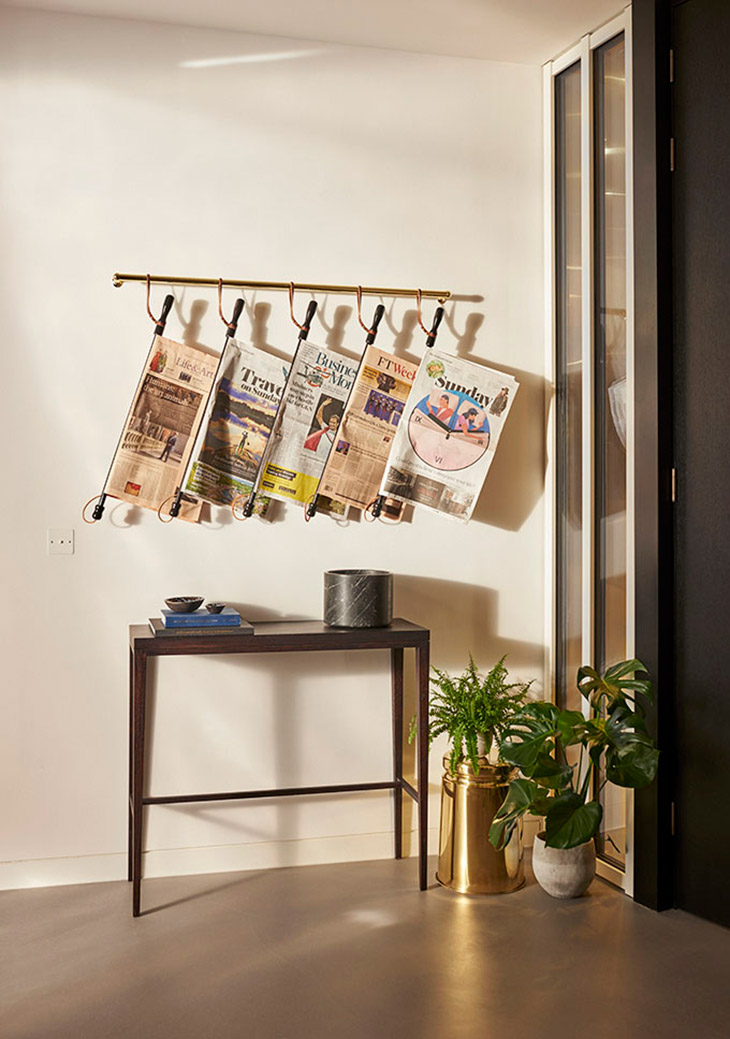
Plant Choices for Different Spaces
The type of plants you choose should complement both the lighting conditions and the overall ambiance you wish to create. For low-light areas such as hallways or bathrooms, opt for plants like peace lilies, snake plants, or ZZ plants that thrive in indirect sunlight. Pair these with planters that provide adequate drainage to prevent water stagnation and maintain plant health.
In contrast, sunlit spaces like living rooms or kitchens can accommodate plants that require more light, such as succulents, herbs, or flowering plants. Consider using planters that enhance the brightness of these spaces, such as light-colored ceramics or metallic finishes that reflect natural light.
DIY Pot Planter Projects
For those inclined towards creativity, DIY pot planter projects offer a personalized touch to your indoor plant displays. Upcycling existing containers with paint, decoupage, or other decorations can transform them into unique pieces that reflect your personality and style.
Experiment with different techniques to create a cohesive look across your plant collection, whether it’s matching colors to your decor palette or adding patterns that complement existing textiles and furnishings. Creating custom plant stands or groupings of various planters can add visual interest and elevate your indoor garden to a new level of sophistication.

Maintenance and Care Tips
Caring for both your pot planters and the plants within them is essential for their long-term health and aesthetic appeal. Ensure your planters have proper drainage to prevent root rot and mold buildup, especially if you tend to overwater.
Develop a watering schedule that suits the needs of your specific plant species, taking into account factors like seasonality and humidity levels in your home. Regularly clean planters to remove dust and debris that can accumulate over time, using mild soap and water for ceramic or metal pots and a gentle brush for textured materials like terracotta.
Benefits of Indoor Plants and Pot Planters
Beyond their decorative function, indoor plants offer numerous benefits that contribute to a healthier and more enjoyable living environment. They help purify indoor air by absorbing toxins and releasing oxygen, which can improve respiratory health and overall well-being.
Additionally, studies have shown that having plants indoors can reduce stress levels and boost productivity, making them valuable additions to both residential and workspaces. Pot planters enhance these benefits by providing a visually pleasing way to display and care for your indoor greenery, integrating seamlessly into your home decor.
Finally, incorporating pot planters into your interior design is a rewarding endeavor that allows you to infuse nature into your daily surroundings. By carefully selecting planters that complement your decor style, strategically placing them for maximum impact, and maintaining them with care, you can create an indoor oasis that promotes relaxation and creativity. Whether you’re starting from scratch or looking to refresh your existing decor, pot planters offer endless possibilities for transforming your home into a green sanctuary that nurtures both body and soul.
Images from Residences at Gasholders London by No.12 – see full article here.
